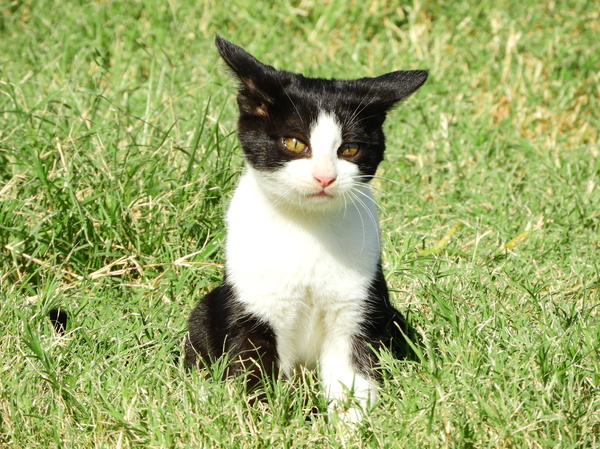The Psychology of Cats: Litter Box Preferences and Behaviors
The Psychology of Cats: Litter Box Preferences and Behaviors
Blog Article

Cat litter and litter boxes play an essential role in the lives of both felines and their owners. From the modest beginnings of sand and soil to the innovative developments these days, the world of cat litter has actually progressed significantly. In this extensive guide, we look into every element of cat litter and litter boxes, exploring their history, types, advantages, difficulties, and whatever in between.
The history of cat litter go back centuries, with ancient civilizations utilizing sand, soil, and even ashes as primitive litter products. Nevertheless, it wasn't up until the mid-20th century that contemporary cat litter as we understand it emerged. In 1947, Edward copyright presented the world's very first industrial cat litter made from absorbent clay, changing the method felines relieved themselves inside. Given that then, cat litter has actually gone through various changes, with the introduction of clumping litter, silica gel litter, naturally degradable choices, and more.
Today, cat owners are spoiled for choice when it pertains to picking the ideal litter for their feline buddies. Conventional clay litter remains popular for its affordability and efficiency in soaking up smells. Clumping litter, which forms solid clumps when wet, simplifies cleansing and upkeep. Silica gel litter, made up of highly absorbent silica crystals, uses remarkable smell control and longevity. Naturally degradable options, such as recycled paper, wood pellets, corn, and wheat, appeal to ecologically mindful consumers.
Each kind of cat litter provides distinct advantages. Clay litter stands out in its capability to absorb wetness and control cat litter alternatives smells, making it a trustworthy option for many feline owners. Clumping litter streamlines everyday scooping and extends the time between total litter changes. Silica gel litter provides extraordinary smell control and can last longer between replacements. Eco-friendly litters provide a sustainable alternative that minimizes ecological impact.
While cat litter boosts indoor feline hygiene, it is not without its obstacles. Dust from clay litter can present respiratory threats for both felines and humans, triggering the popularity of dust-free options. cat litter box with lid Some felines may establish litter box aversion due to concerns with texture, fragrance, or tidiness, requiring experimentation with different litters and box setups. Multi-cat households might require tactical litter box placement and regular maintenance to avoid territorial conflicts and make sure all cats have access to tidy facilities.
Picking the suitable litter box is necessary for promoting positive litter box routines and general feline wellness. Elements to consider consist of size, ease of access, and style preferences. Covered litter boxes supply privacy and assistance include smells, but some felines may discover them confining or daunting. Open-top litter boxes use easy gain access to and visibility however might result in more litter scatter. Automatic self-cleaning litter boxes simplify maintenance but need regular monitoring and upkeep.
Correct litter box maintenance is vital for guaranteeing a clean and inviting environment for both felines and their owners. Daily scooping eliminates waste promptly, lessening smell and preventing litter box hostility. Regular litter replacement, usually every 1-2 weeks, avoids bacterial buildup and preserves ideal absorbency. Extensive cleaning with mild cleaning agent and water, preventing harsh chemicals that may prevent felines from using the box, need to be carried out monthly.
Cat litter and litter boxes play a main role in promoting Pine Pellet Cat Litter a healthy and unified relationship in between felines and their human companions. With a diverse range of litter choices and litter box styles available, cat owners have the flexibility to tailor their options to match their felines' choices and household needs. By understanding the development, types, advantages, and obstacles of cat litter and litter boxes, family pet owners can provide their feline friends with a comfortable and hygienic indoor environment.